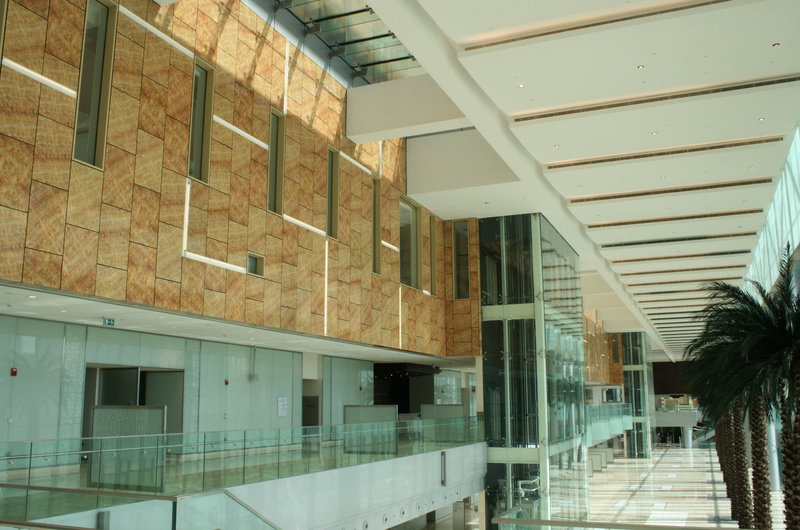How Does Printing On Glass Work?
At Mirodec, glass design techniques range from lamination and etching to UV printing and staining. From classic hand-made pieces assembled by artists to modern panels created using the latest technologies, Mirodec offers a wide range of techniques possible in the world of decorative glass and mirrors. We take a look at their UV printing technique and what goes into it.
Printing On Glass
Of late, glass has become a medium for decorative beauty. It’s no longer seen as a material that only serves the purpose of making a space look good. It is indeed a traditional material but with advanced technologies opening up the possibilities of enhancing the use of glass, the value of this material has grown by leaps and bounds. One of the techniques that glass manufacturers in the UAE are implementing is UV printing. Mirodec has been known for its unique use of glass and creating surface designs that are both beautiful and functional. More so, printing on glass enhances the use and value of this age-old material. This technique has also increased the application of glass from the more conventional use to industrial, automotive, and architectural uses. With printing on glass, modern technologies not only promise intricate designs, but they also work to enhance the material’s durability, flexibility, and sustainability for different types of surfaces. While there are varied approaches to glass printing, such as screen printing and ceramic printing, let’s learn more about UV printing, which offers the advantages of digital printing.
UV Glass Printing
As the name suggests, UV printing on glass is a form of digital printing that uses UV (ultra-violet) rays to dry the ink as it is being printed. The printer dispenses ink to the surface of the glass, while specially designed UV lights follow closely behind drying the ink instantly. Since the UV lights dry the ink super quickly, the wet ink does not get a chance to spread out. This is what makes UV printing on glass deliver such intricate fine designs that are extremely detailed in their depiction. Additionally, since the ink is dried using UV lights, it is resistant to moisture and fading. UV printing technology is one of the fastest economical methods to produce high-quality customizable designs on glass for architectural and design applications. One can also opt for varied and unlimited color combination designs. This process is also environmentally friendly since it produces almost no toxic gases, odor or heat.
Advantages of UV Printed Glass
Glass suppliers in Dubai have been using UV printing techniques on glass and enjoying the same benefits as plastic decorators. However, in addition to that, the fact that UV digital printing is able to print multiple colors and designs at very high speeds, using simple techniques makes it a huge hit among architects, designers, and homeowners. Not to forget, the incorporation of increased durability and glass decorating requirements is a win-win situation. With so many new developments constantly happening in the glass industry, it is now possible to employ digital printing on mirrors, windows, glassware, and even awards. In fact, glass printing is also being looked at to provide a luxurious look to graphics in merchandising.
Although glass, as a traditional material, can be found all around us in the form of windows, roofs and doors, interior designers and glass manufacturers are looking at using this medium for additional unique decorative purposes. To learn more about glass design techniques, visit Mirodec, UAE’s largest glass supplier, at https://mirodec.com/.

